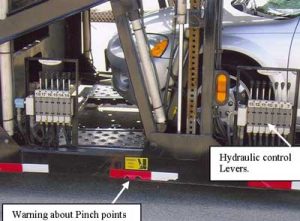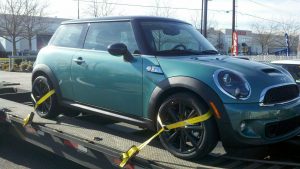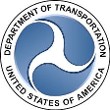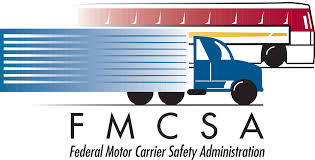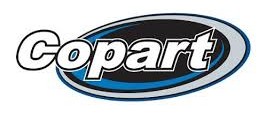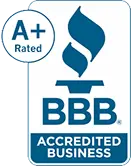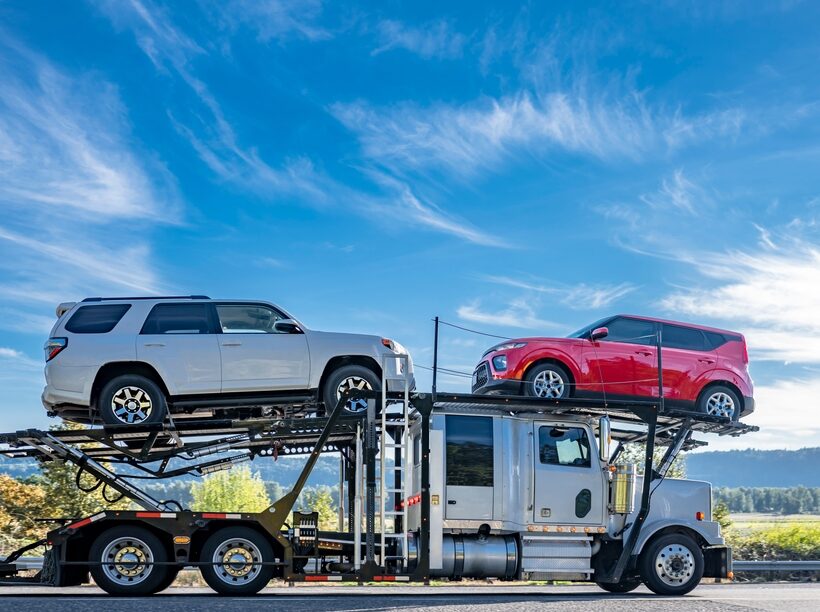
Ditch the Road Dust, Embrace the Easy Ride: Why Car Shipping with The Car Carriage Wins Every Time
Howdy, partners! The Car Carriage, your Texas auto transport wranglers, are here to wrangle more than just cattle – we’re talkin’ about wranglin’ your beloved car to its new home with the smoothest ride and least stress possible. We know moving your car can be a rootin’ tootin’ rodeo of road fatigue and logistical lassoing, so we’re here to serenade you with the sweet song of car shipping and why it’s the clear winner over drivin’ yourself to the next town, state, or even coast.
Kick Back, Relax, and Let the Experts Handle the Miles:
-
Stress-Free Sippin’ on Sweet Tea: Who wants to spend their precious time stuck in traffic jams, fighting with GPS directions that lead you to nowhere, and wearing out their tires on endless stretches of highway? With The Car Carriage, you can kick back, relax, and sip on sweet tea while we handle the whole shebang. Focus on planning your new adventure, not the long road ahead.
-
Your Car Gets the VIP Treatment: Say goodbye to engine groans and tire whimpers. We pamper your car with secure transport methods, keeping it safe and sound from the wear and tear of thousands of miles. Your car will arrive at its new home lookin’ like a Texas sunset – fresh, shiny, and ready for new horizons.
-
Peace of Mind Like a Clear Blue Sky: We prioritize safety like a rancher protects his herd. Cargo insurance and secure transport methods mean you can sleep easy knowing your car is in good hands. No need to worry about breakdowns, bad weather, or unexpected detours – we’ve got it covered.
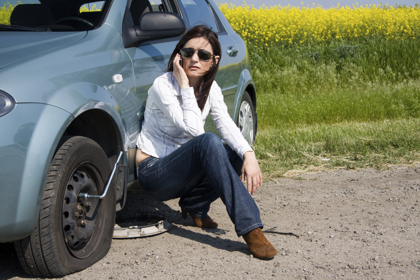
Bonus Benefits:
- Save That Green Stuff: While gas prices might be doin’ the Texas two-step, car shipping can actually be cost-effective for long distances. No hotel bills, no meals on the go, no wear and tear on your car – it all adds up to a sweet deal for your wallet.
- More Time for What Matters Most: Forget about spendin’ hours behind the wheel. Use that free time to plan your new life, visit with family, or simply relax and recharge. The open road will be waitin’ when you get there, but for now, enjoy the peace of mind and freedom that comes with letting someone else handle the drive.
The Car Carriage: Your Trusted Auto Transport Partners
We’re not just car haulers, we’re your partners on the road to a new adventure. We’ll take care of your car like it’s our own, deliver it safely and on time, and leave you free to focus on what matters most. So, ditch the road dust, embrace the easy ride, and choose The Car Carriage for your next car transport. We’ll make sure your journey is as smooth as a Texas drawl and as sweet as a glass of ice-cold lemonade on a hot day. Call (855) 723-3200 to get your free quote today!
Happy trails, and see you on the road!

